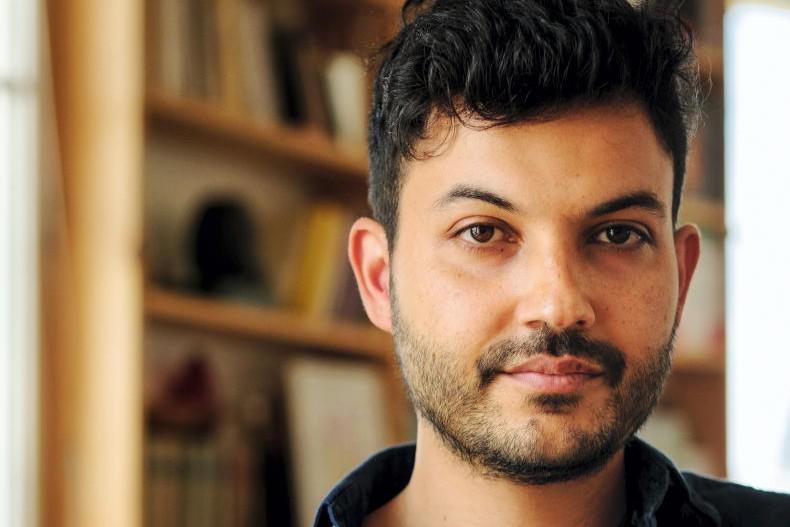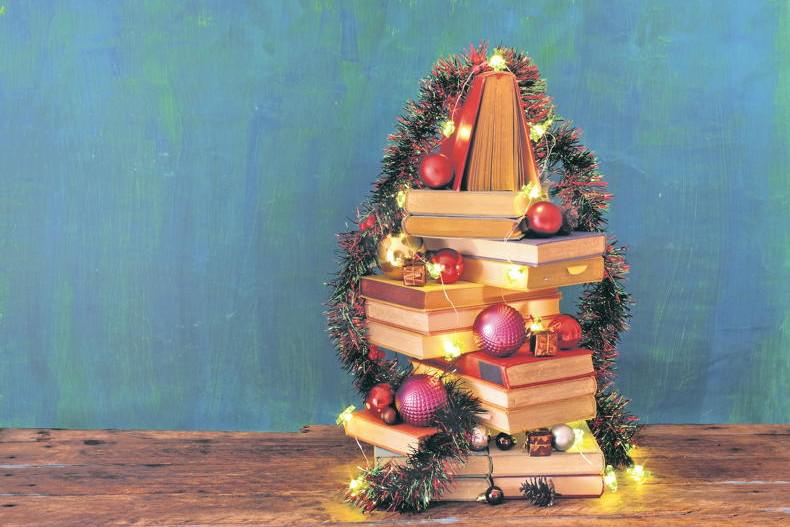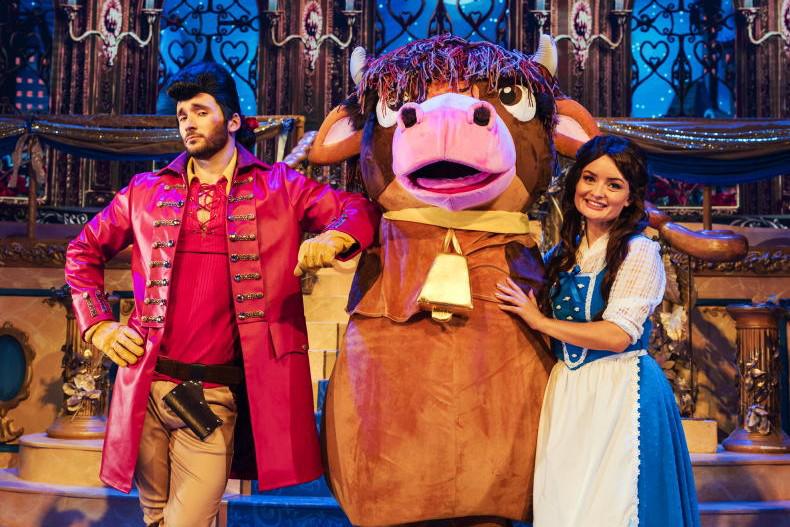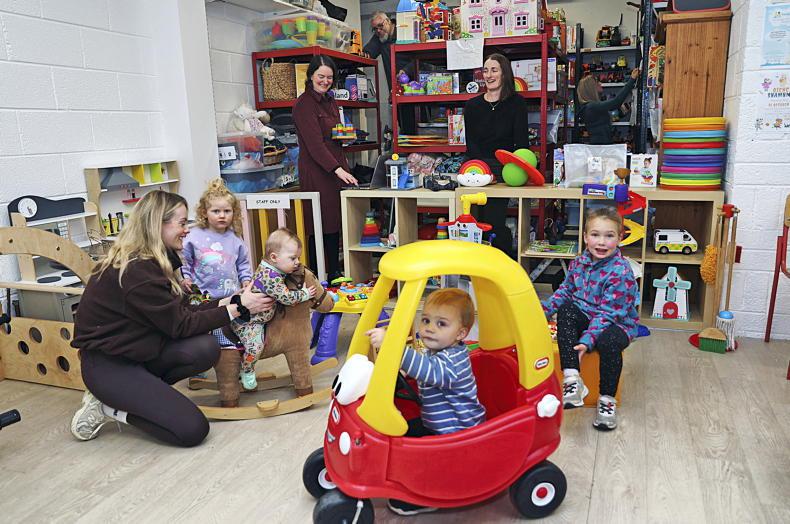Reading for fun is the single biggest indicator of a child’s future success. This is regardless of background or circumstances, according to research from the OECD. According to Children’s Books Ireland, when a child owns a book, this can hugely increase the likelihood of reading for fun, especially if they picked the book out themselves.
With World Book Day now over 25 years old, it has been discovered that, as a result of this initiative, 50% of children found reading more fun and 42% said they now make more time to read. This year, the people behind World Book Day want to make sure as many children as possible get to experience the joy of curling up with a good book and adventuring along with the author on exciting escapades.

Nuala Martin; Tipperary Traveller Project Photographed with Cheyenne O'Reilly.
“World Book Day is already a key fixture in schools’ calendars as a celebration of books and reading. What we want to see in 2023 is a much broader reach so that every child is included in the celebrations,” says Elaina Ryan, CEO of Children’s Books Ireland.
Special Delivery
An Post will deliver 14,000 books to children in Irish hospitals, direct provision centres, homeless services and the Travelling community. Foras na Gaeilge is also delighted to have an Irish language book included for a second year in a row.
Someone who recalls reading her books over and over again as a child is Nuala Martin from Tipperary. Now working with the Tipperary Rural Traveller Project alongside Mags Casey, Nuala tells Irish Country Living of the benefits of working with Children’s Books Ireland.
“We were part of research and one of the findings was the lack of books in Traveller homes. Children’s Books Ireland turned that piece of research around. Every single family that we link with now have several beautiful-quality books in their homes for their children.”
Nuala highlights the importance of Traveller children reading books authored by members of their own community.
“We have a few of these books that normalise Traveller life and depict Traveller life,” she says. “It is a tricky thing; there aren’t too many of them.”
Can’t Lose Cant is the world’s first book about the Cant language, an ancient indigenous language of the Traveller people. First published in 2003, this book was created between Traveller and settled children in Co Kildare.
“For me, the most precious book is Oein De Bhairduin’s Why the Moon Travels. He is an Irish Traveller who has written a beautiful collection of folk tales from the Traveller community,” says Nuala, adding that talented Traveller artist, Leanne McDonagh, was responsible for the beautiful illustrations on Oein’s book.

One Stormy Night is the first book in The Hazel Tree Farm series
She tells us that through Children’s Books Ireland, a young girl from their community in Tipperary did a review of Oein’s book as part of the KPMG book awards and this experience was hugely impactful for her, her family and her school.
Trust
While the office of the Tipperary Rural Traveller Project is located in Tipperary town, their work is predominantly based in Cashel, Co Tipperary.
Their programme is the brain child of Mags Casey and is designed, delivered and evaluated by their own community constantly.
“She had an idea that people from the Travelling community would work as tutors, delivering a programme, not just a homework programme but a broader programme,” explains Nuala.
Seeing herself as an ally, who stands in solidarity with Travellers, Nuala can share how rewarding it is to see Traveller women feel empowered and watch as young Traveller children flourish as a direct result of being part of their programme.
“The women would go through stone walls for it and it is really based on heart and passion,” she emphasises.
Because the programme has been thought up by and designed for the Travelling community, Nuala says there is almost a 100% buy-in from parents and families. There is trust.
“It is all about encouraging identity and self-esteem; who you are, where you come from, what your grandparents were like, what values they shared, where did they live, how did they travel around rural Ireland?”
Nuala credits the Tipperary library service for approaching their project and providing a course for Traveller children to get to know their library. Delivered over six weeks, she tells us that “the children feel it is a space for them, just the same as anybody else.”
Irish-published books for World Book Day 2023
These two homegrown books can be bought for just €1.50 or are free with a World Book Day token at all participating bookshops or retailers. Both these books are also available in audio and braille format through the National Council for the Blind. For further information please visit www.worldbookday.com
Hazel Tree Farm by Alma Jordan
Published by The O’ Brien Press Ltd
Hazel Tree Farm is a new three-part series from Alma Jordan. Inspired by her own childhood, this series came about when Alma identified a need for such stories for older children as a result of her work with Agrikids.
With colourful illustrations by Dublin-based Margaret Anne Suggs, this first installment is called One Stormy Night. It tells the tale of a new year on Hazel Tree Farm; lambs are arriving, chicks are hatching next door but something is wrong with poor Peg the sheepdog. One stormy night she runs away and the children have to rush to find her.
Agus an leabhair as Gaeilge
Rita agus an Dragún by Máire Zepf

Rita agus an Dragún
Illustrated by Mr Ando (Andrew Whitson) published by An tSnáthaid Mhór
Is cailín beag í Rita a bhfuil smaointe móra aici. Nuair a éiríonn sí crosta, samhlaíonn sí go bhfuil dragún fíochmhar feargach aici a chuirfeadh an domhan ar crith. Ach is féidir tine the na feirge a cheansú, agus tá a fhios ag Rita cén dóigh lena dhéanamh.
Rita is a little girl with big ideas. When she becomes cross, she imagines she has a ferocious angry dragon who would make the world shudder. But the hot fire of anger can be tamed, and Rita knows how.
Read more
Rediscovering Ireland's forgotten goddesses
Farm books for children with dyslexia
Reading for fun is the single biggest indicator of a child’s future success. This is regardless of background or circumstances, according to research from the OECD. According to Children’s Books Ireland, when a child owns a book, this can hugely increase the likelihood of reading for fun, especially if they picked the book out themselves.
With World Book Day now over 25 years old, it has been discovered that, as a result of this initiative, 50% of children found reading more fun and 42% said they now make more time to read. This year, the people behind World Book Day want to make sure as many children as possible get to experience the joy of curling up with a good book and adventuring along with the author on exciting escapades.

Nuala Martin; Tipperary Traveller Project Photographed with Cheyenne O'Reilly.
“World Book Day is already a key fixture in schools’ calendars as a celebration of books and reading. What we want to see in 2023 is a much broader reach so that every child is included in the celebrations,” says Elaina Ryan, CEO of Children’s Books Ireland.
Special Delivery
An Post will deliver 14,000 books to children in Irish hospitals, direct provision centres, homeless services and the Travelling community. Foras na Gaeilge is also delighted to have an Irish language book included for a second year in a row.
Someone who recalls reading her books over and over again as a child is Nuala Martin from Tipperary. Now working with the Tipperary Rural Traveller Project alongside Mags Casey, Nuala tells Irish Country Living of the benefits of working with Children’s Books Ireland.
“We were part of research and one of the findings was the lack of books in Traveller homes. Children’s Books Ireland turned that piece of research around. Every single family that we link with now have several beautiful-quality books in their homes for their children.”
Nuala highlights the importance of Traveller children reading books authored by members of their own community.
“We have a few of these books that normalise Traveller life and depict Traveller life,” she says. “It is a tricky thing; there aren’t too many of them.”
Can’t Lose Cant is the world’s first book about the Cant language, an ancient indigenous language of the Traveller people. First published in 2003, this book was created between Traveller and settled children in Co Kildare.
“For me, the most precious book is Oein De Bhairduin’s Why the Moon Travels. He is an Irish Traveller who has written a beautiful collection of folk tales from the Traveller community,” says Nuala, adding that talented Traveller artist, Leanne McDonagh, was responsible for the beautiful illustrations on Oein’s book.

One Stormy Night is the first book in The Hazel Tree Farm series
She tells us that through Children’s Books Ireland, a young girl from their community in Tipperary did a review of Oein’s book as part of the KPMG book awards and this experience was hugely impactful for her, her family and her school.
Trust
While the office of the Tipperary Rural Traveller Project is located in Tipperary town, their work is predominantly based in Cashel, Co Tipperary.
Their programme is the brain child of Mags Casey and is designed, delivered and evaluated by their own community constantly.
“She had an idea that people from the Travelling community would work as tutors, delivering a programme, not just a homework programme but a broader programme,” explains Nuala.
Seeing herself as an ally, who stands in solidarity with Travellers, Nuala can share how rewarding it is to see Traveller women feel empowered and watch as young Traveller children flourish as a direct result of being part of their programme.
“The women would go through stone walls for it and it is really based on heart and passion,” she emphasises.
Because the programme has been thought up by and designed for the Travelling community, Nuala says there is almost a 100% buy-in from parents and families. There is trust.
“It is all about encouraging identity and self-esteem; who you are, where you come from, what your grandparents were like, what values they shared, where did they live, how did they travel around rural Ireland?”
Nuala credits the Tipperary library service for approaching their project and providing a course for Traveller children to get to know their library. Delivered over six weeks, she tells us that “the children feel it is a space for them, just the same as anybody else.”
Irish-published books for World Book Day 2023
These two homegrown books can be bought for just €1.50 or are free with a World Book Day token at all participating bookshops or retailers. Both these books are also available in audio and braille format through the National Council for the Blind. For further information please visit www.worldbookday.com
Hazel Tree Farm by Alma Jordan
Published by The O’ Brien Press Ltd
Hazel Tree Farm is a new three-part series from Alma Jordan. Inspired by her own childhood, this series came about when Alma identified a need for such stories for older children as a result of her work with Agrikids.
With colourful illustrations by Dublin-based Margaret Anne Suggs, this first installment is called One Stormy Night. It tells the tale of a new year on Hazel Tree Farm; lambs are arriving, chicks are hatching next door but something is wrong with poor Peg the sheepdog. One stormy night she runs away and the children have to rush to find her.
Agus an leabhair as Gaeilge
Rita agus an Dragún by Máire Zepf

Rita agus an Dragún
Illustrated by Mr Ando (Andrew Whitson) published by An tSnáthaid Mhór
Is cailín beag í Rita a bhfuil smaointe móra aici. Nuair a éiríonn sí crosta, samhlaíonn sí go bhfuil dragún fíochmhar feargach aici a chuirfeadh an domhan ar crith. Ach is féidir tine the na feirge a cheansú, agus tá a fhios ag Rita cén dóigh lena dhéanamh.
Rita is a little girl with big ideas. When she becomes cross, she imagines she has a ferocious angry dragon who would make the world shudder. But the hot fire of anger can be tamed, and Rita knows how.
Read more
Rediscovering Ireland's forgotten goddesses
Farm books for children with dyslexia













SHARING OPTIONS